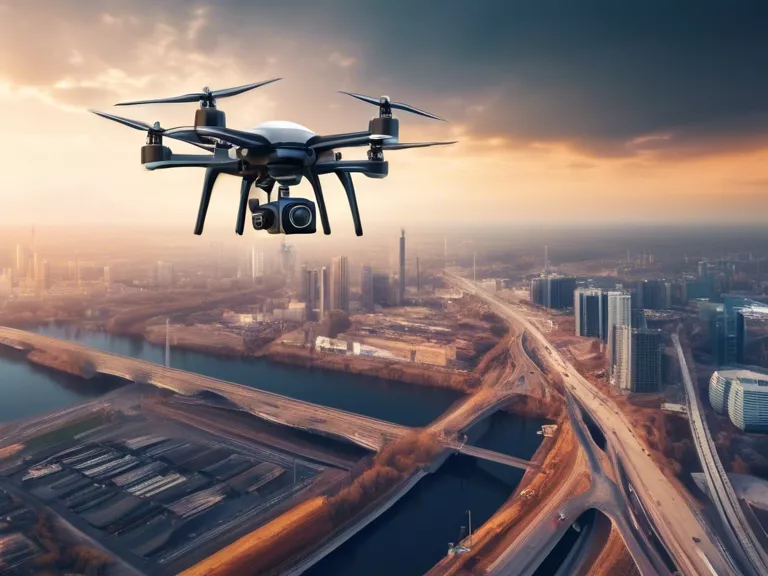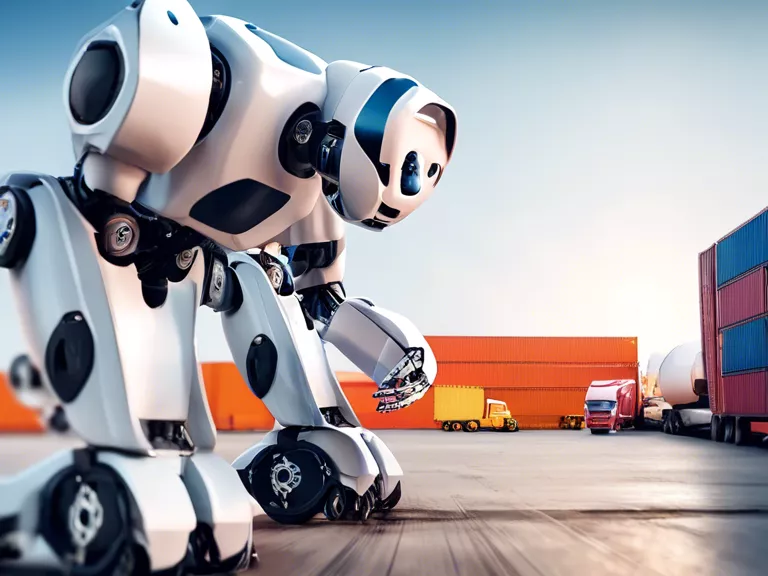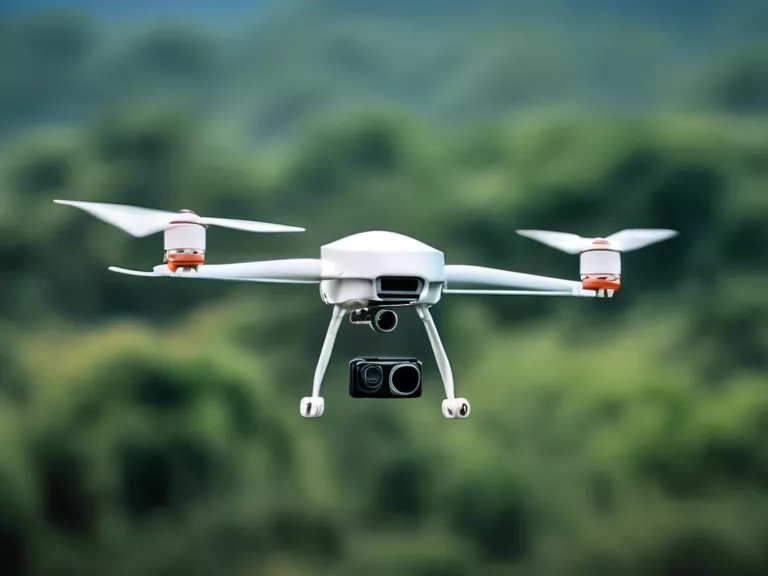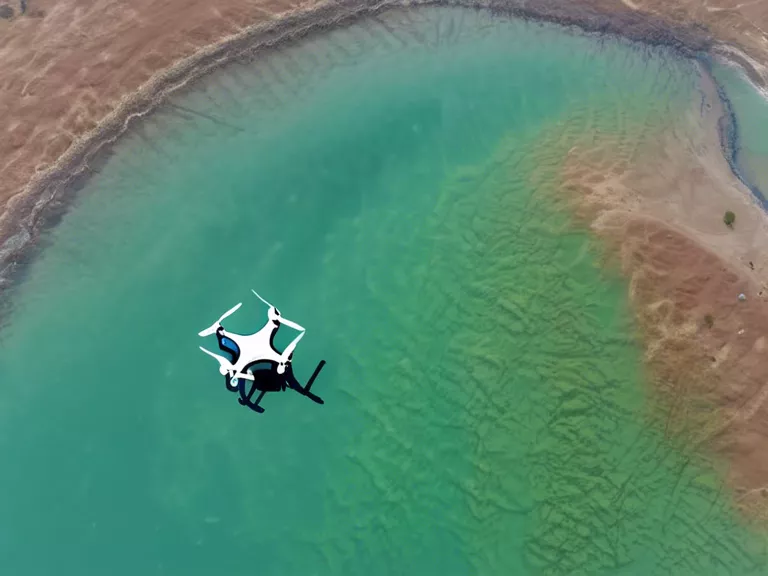
The Impact of AI on Enabling Autonomous Drones for Infrastructure Inspections
As the latest advancements in technology continue to unfold, the use of Artificial Intelligence (AI) in combination with autonomous drones has transformed the landscape of infrastructure inspections. With AI algorithms integrated into drone systems, the efficiency, accuracy, and safety of inspecting critical infrastructure such as bridges, power lines, and pipelines have been greatly enhanced. This article explores the impact of AI on enabling autonomous drones for infrastructure inspections.
One of the key benefits of using AI in autonomous drones is the ability to analyze vast amounts of data quickly and accurately. Traditional methods of infrastructure inspections often involve manual labor and can be time-consuming. However, with AI-powered drones, large-scale data collection and analysis can be done in a fraction of the time, allowing for faster and more frequent inspections. This not only saves time and resources but also improves the overall effectiveness of maintenance and repair processes.
Moreover, AI algorithms can be trained to detect anomalies, defects, or structural weaknesses in infrastructure components with high precision. By leveraging machine learning techniques, autonomous drones can identify potential issues that may not be visible to the naked eye, enabling early detection and proactive maintenance. This early warning system can prevent catastrophic failures and ensure the safety and longevity of critical infrastructure.
Additionally, AI-enabled autonomous drones have the ability to navigate complex environments and obstacles with ease. Through advanced computer vision and sensor technologies, drones can fly autonomously, avoiding collisions and adapting to changing conditions in real-time. This level of autonomy not only improves the safety of inspection operations but also enables drones to access hard-to-reach areas that are inaccessible to humans, enhancing the scope and quality of infrastructure inspections.
In conclusion, the integration of AI with autonomous drones has revolutionized the field of infrastructure inspections, offering unprecedented levels of efficiency, accuracy, and safety. By harnessing the power of AI algorithms, autonomous drones can conduct inspections at scale, detect hidden defects, and navigate challenging environments with precision. As technology continues to evolve, the future of infrastructure inspections looks promising with the continued advancement of AI-enabled autonomous drones.



